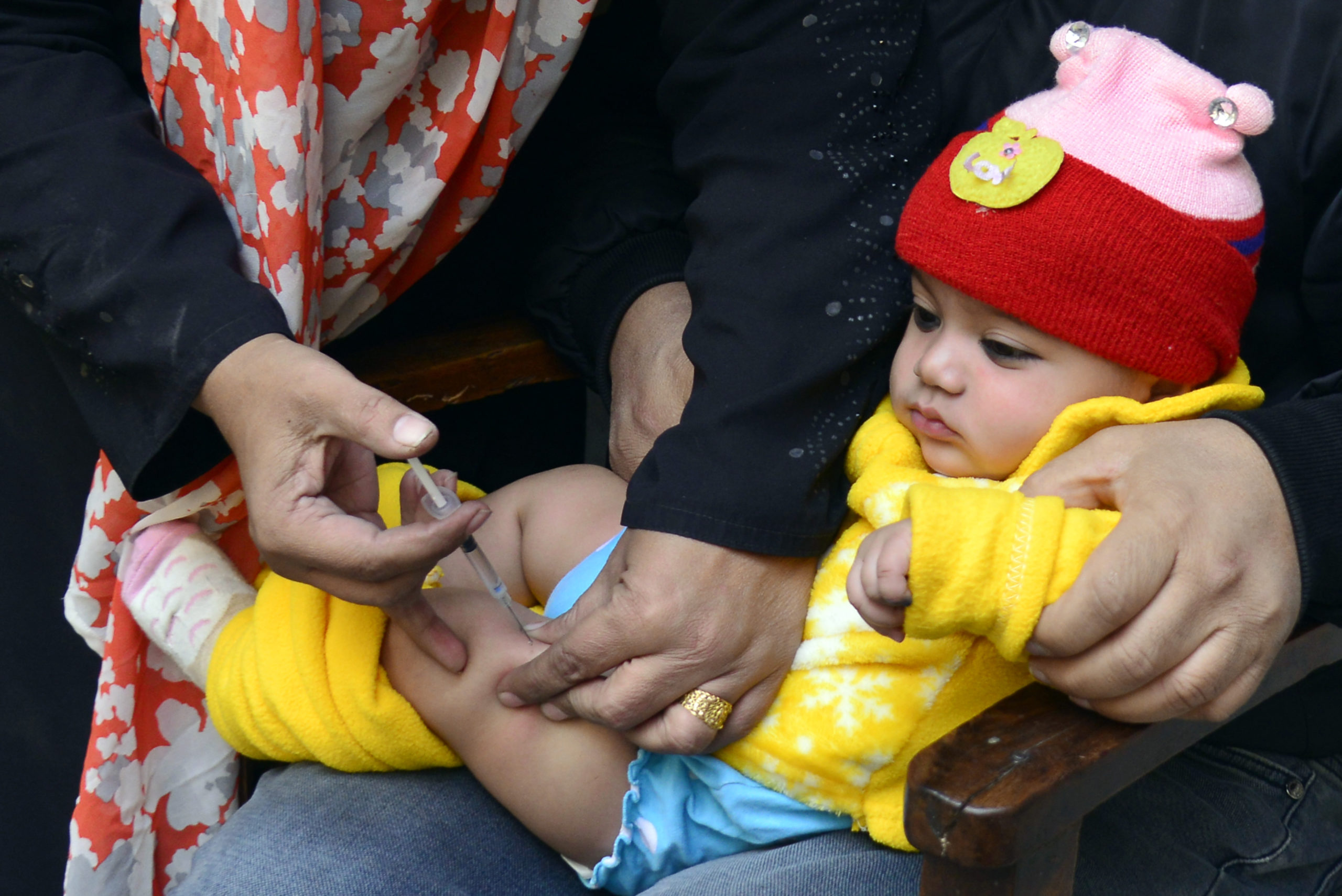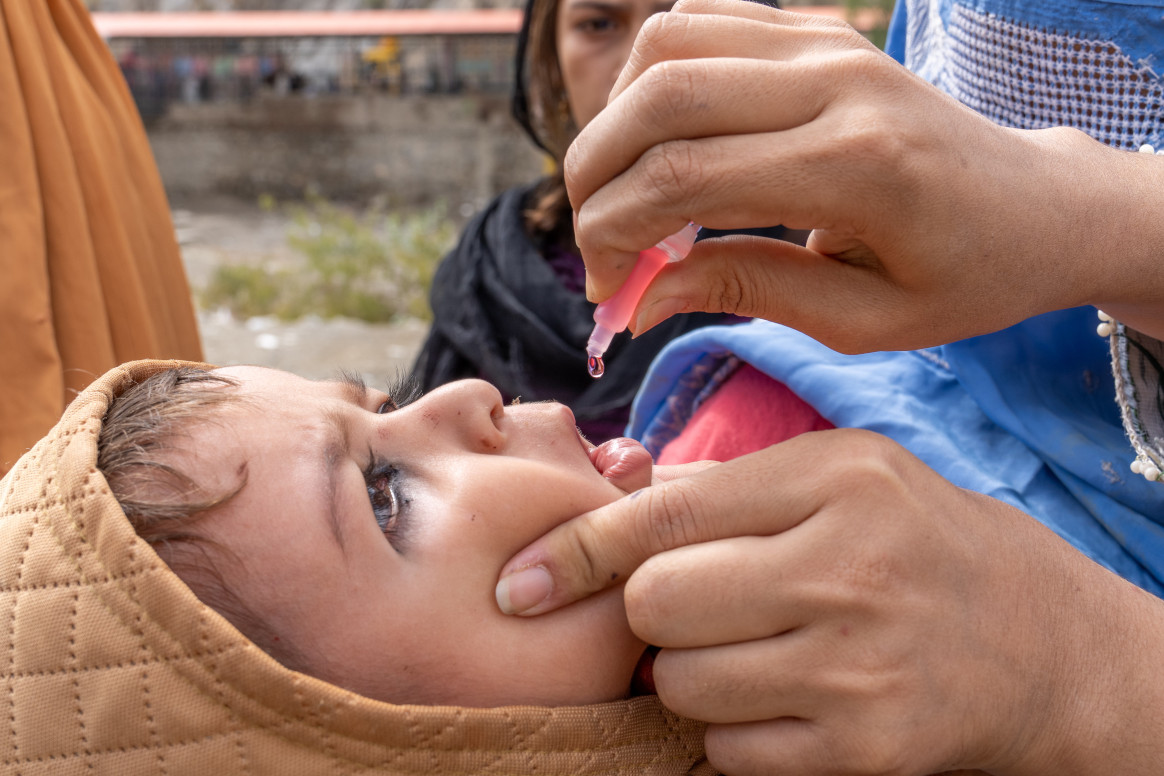On 31 January 2012, the New England Journal of Medicine published the results of a landmark study that could lead the way in securing affordable inactivated polio vaccine (IPV) for all countries.
The study evaluated the efficacy of a fractional dose of IPV (1/5th of a full dose) administered intradermally, compared to a full dose delivered intramuscularly. The results showed that vaccinating infants with a single fractional dose of IPV can induce priming and seroconversion in more than 90% of immunized infants – rates similar to those achieved with the full dose of IPV.
These results are extremely significant, particularly in helping secure a lasting polio-free world, through implementation of the new Polio Eradication and Endgame Strategic Plan 2013-2018.
This new Plan, currently being finalized by the Global Polio Eradication Initiative (GPEI), addresses long-term poliovirus risks, notably circulating vaccine-derived polioviruses (cVDPVs), even as the remaining strains of wild poliovirus transmission are being interrupted. Within that context, the Plan outlines preparations needed for an eventual switch from trivalent oral polio vaccine (OPV) to bivalent OPV in routine immunization programmes. Availability in all countries of at least one dose of IPV is a key prerequisite for such a switch, as recommended by the Strategic Advisory Group of Experts on immunization (SAGE).
Recognizing that current costs of IPV are substantially higher than OPV, the GPEI is studying a range of affordable IPV strategies. The results of this study are a significant step towards ensuring the availability of affordable IPV for all countries around the time of a switch from trivalent OPV to bivalent OPV.



